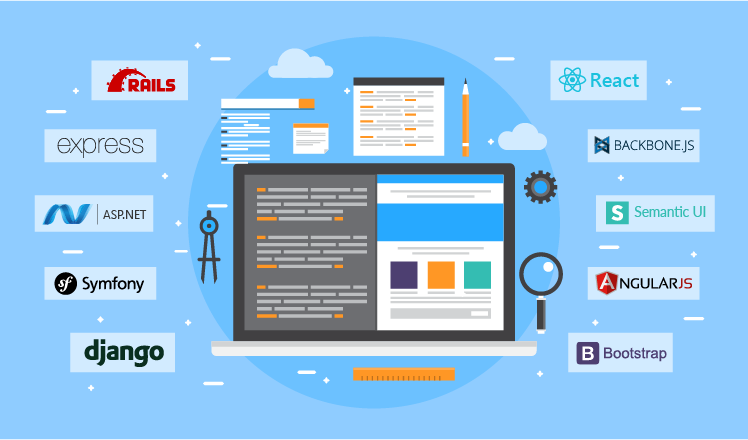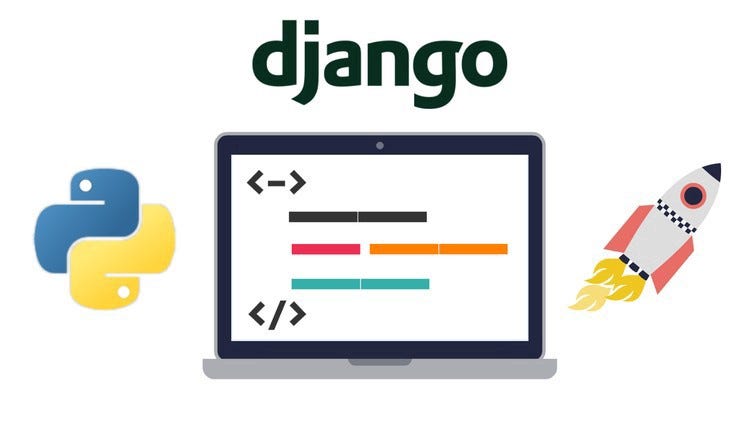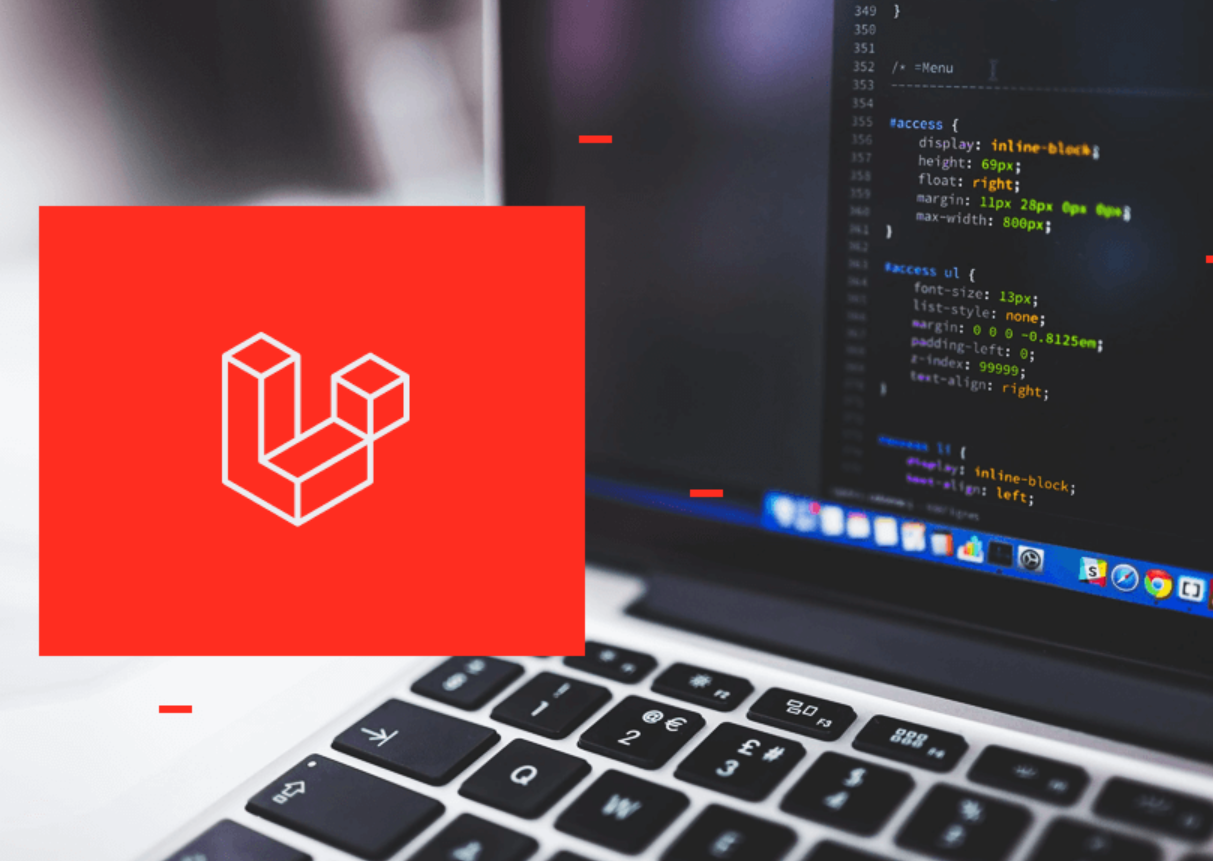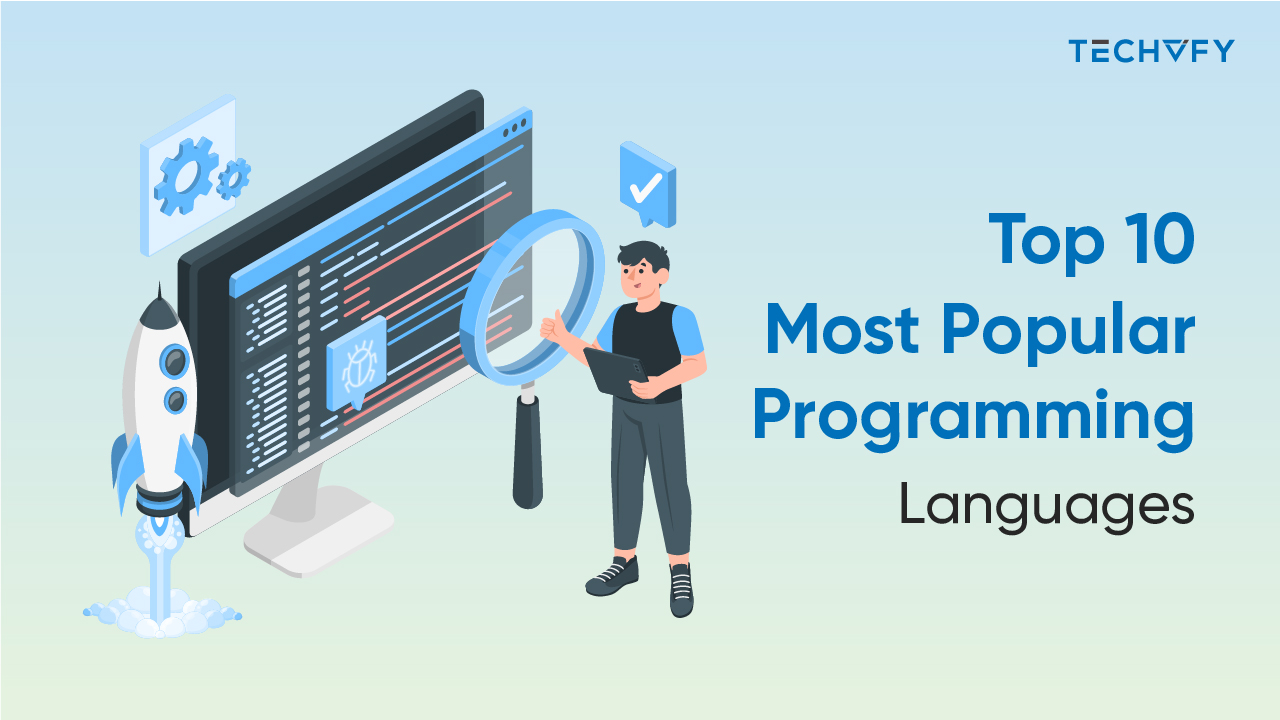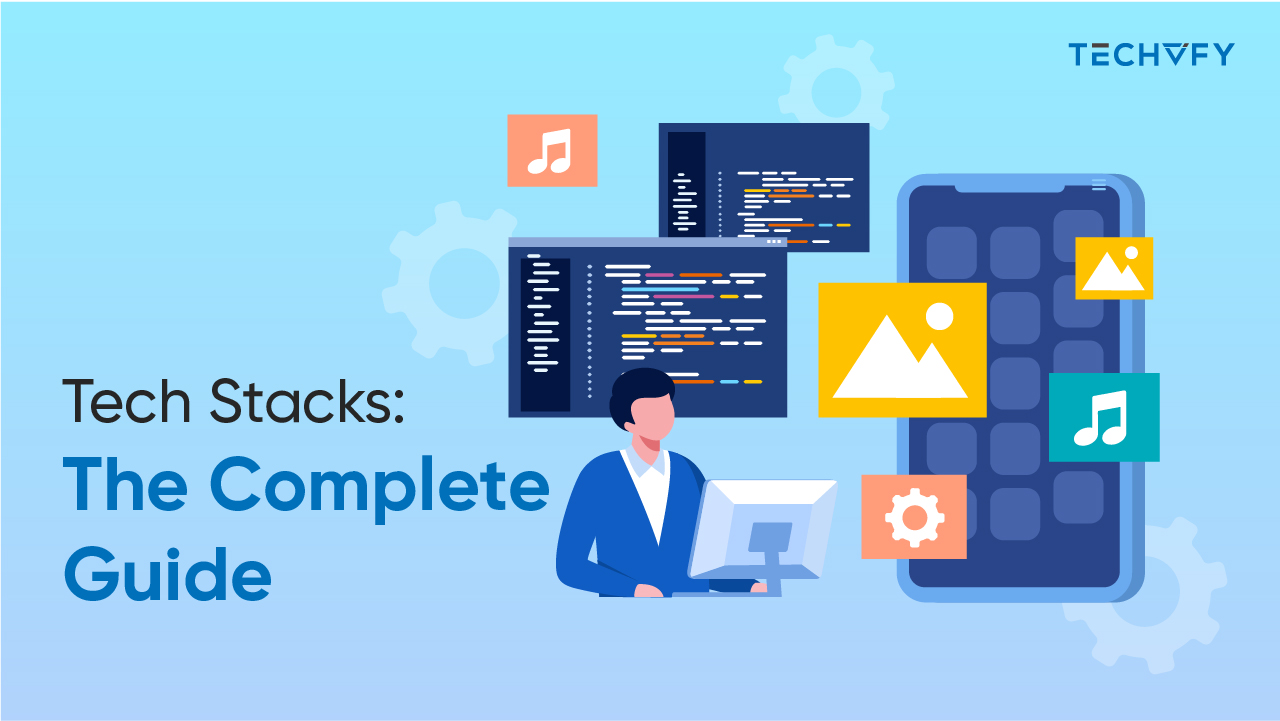Programming Frameworks: The Definitive Guide
Programming frameworks have revolutionized the way developers approach software development. Adopting them has increased efficiency, decreased error rates, and improved quality in software development. However, framework selection depends on project needs, language, and team proficiency.
With so many options available, choosing a suitable one can be daunting. Our definitive guide to the most popular frameworks provides clarity and confidence for your next project.
I. What is a framework?
A programming framework is a set of reusable software components that provide a foundation for building applications. It includes pre-written code, libraries, and tools that help developers create software applications more efficiently. Therefore, consulting firms often recommend using the most popular ones to reduce development costs and speed up the time to market.
II. Programming Language vs. Framework
Programming languages and frameworks are two distinct components in software development. A programming language is a set of syntax and regulations used to build software programs like Python, Java, C++, and PHP. Meanwhile, a software framework is a pre-written code that creates a structure and rules for a development process. It is a library of tools and resources built on top of a programming language, such as Ruby on Rails, Django, and Angular.
In other words, programming languages provide a foundation for software development, while most popular web frameworks offer a more streamlined and efficient approach. They enable developers to create custom software programs that meet unique needs. In contrast, give a standardized approach to software development that is less expensive than developing unique software.
Learn More On:
III. Front-end vs. Back-end frameworks
Regarding web development, two main frameworks are front-end and back-end.
Front-end frameworks are utilized to construct the various interactive components of a website, including the design, user interface, and visual aspects. On the other hand, back-end frameworks are used to build the parts of a website that users don’t directly interact with, such as the server, database, and application logic. These frameworks help developers manage data storage, security, and authentication tasks.
In other words, front-end frameworks handle the user interface, while back-end frameworks handle the server-side infrastructure. Developers often utilize both of them to build complex web applications.
IV. Best Back-end Frameworks
1. Spring
Spring is widely considered the best back-end framework option thanks to its modular architecture and support for multiple databases.
Spring is used by many large companies worldwide and is compatible with other popular frameworks and tools such as Hibernate, Struts, and Maven. It features dependency injection, aspect-oriented programming, and declarative programming enabling developers to build enterprise-level applications.
2. Django
In the fast-paced world, staying up-to-date with the latest website frameworks is essential, and Django is one of the most highly-appreciated options. Written in Python, Django provides developers with a comprehensive set of tools and libraries for building robust web applications.
One of the key advantages of Django is its “batteries included” approach, which means that it comes with many built-in features such as authentication, database management, and URL routing. Its simplicity, ease of use, and extensive documentation make it an excellent choice for developers of all levels, including big names like Instagram and Spotify.
3. Ruby on Rails
Another popular web framework to consider is Ruby on Rails. It’s a mature and well-established framework that’s been around for over 15 years and has a robust community of developers.
Ruby on Rails provides a set of conventions and best practices that simplify and speed up development. This also means the codebase is easy to understand and maintain, perfect for large teams or projects requiring frequent updates. Additionally, Ruby on Rails has an extensive library of plugins that can be easily integrated into applications, saving time and effort in development.
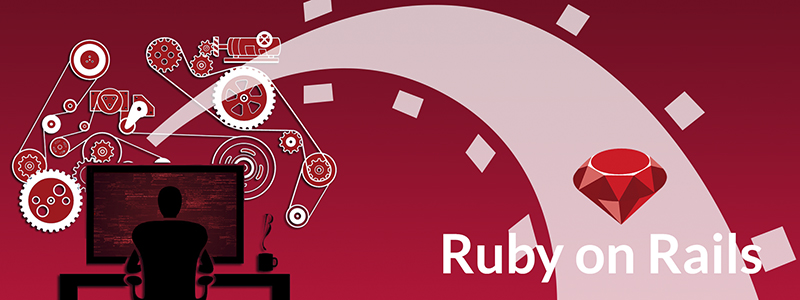
4. Node.js
Selecting the right frameworks for your web development projects is crucial. Node.js, built on JavaScript, is a top choice for several reasons. Firstly, it’s highly scalable and perfect for building complex web applications. It also has a vast package ecosystem, providing numerous libraries and tools for extending its functionality.
Furthermore, Node.js is incredibly fast and performs exceptionally well, thanks to its non-blocking I/O model. This makes it an excellent option for creating real-time web applications that can handle many concurrent connections.
5. ASP.NET
ASP.NET, built on the C# programming language, is another software framework that offers numerous benefits. Firstly, it’s a highly secure and robust framework for building large-scale, mission-critical web applications. In addition, it provides seamless integration with other Microsoft technologies, including Azure, SQL Server, and Visual Studio. Since then, building, deploying, and managing web applications on the Microsoft platform has been easier.
ASP.NET provides robust tools for server-side scripting, database management, and other essential web development tasks. Its libraries provide additional functionalities, such as templating engines, authentication frameworks, and ORM (Object-Relational Mapping) libraries, to enhance the development experience and accelerate the development process.
6. Express.js
Often listed as the best framework built on top of Node.js is Express.js, also known as simply “Express.” Express.js is designed to simplify web application creation with its minimalist architecture and modular structure. It is well-suited for building RESTful APIs, as it provides an easy-to-use routing system and supports many HTTP methods, which is an excellent choice for creating API-based web applications.
Additionally, Express.js is very customizable and can be integrated with other Node.js libraries and frameworks, such as Sequelize for database management, Passport for authentication, and Socket.io for real-time communication.
7. Laravel
Built on PHP, Laravel is known for its elegant syntax, straightforward API, and robust features as one of the top web frameworks among developers. Its key advantage is built-in support for MVC (Model-View-Controller) architecture, which separates code logic, presentation, and data management. This design pattern allows for better code organization and easier maintenance. Laravel also offers many powerful features out of the box, such as routing, caching, and authentication.
Laravel has a vast ecosystem of packages that can help extend its functionality so developers can easily add features like billing, email notifications, and more. Another important advantage of Laravel is its intuitive and developer-friendly command-line interface (CLI), simplifying common tasks like migrations and testing. It is comprehensive guides, tutorials, and examples to help developers get started quickly.
8. Flask
While many frameworks are available, Flask stands out as one of the most preferable in the Python community. Many developers have praised it for the minimalistic approach to creating web applications quickly and efficiently without the overhead and complexity of larger frameworks.
Flask also has a vast collection of third-party extensions that provide additional functionality, such as authentication, database integration, and more. Another strength is its powerful debugging and testing tools, which enable developers to identify and fix issues quickly. Flask is also compatible with a wide range of web servers, including Apache and Nginx, allowing developers to choose the best server for their needs.
V. Best Front-end Frameworks
1. React
React is among the perfect framework to build dynamic user interfaces, and it’s considered one of the best frameworks for front-end development. Developed by Meta, React is a declarative and efficient library that allows developers to create reusable UI components.
React uses a virtual DOM, which can update the UI efficiently and provide a better user experience. This means that applications built with React are faster and more responsive than those built with other frameworks. As one of the most popular frameworks in use today, React is a versatile tool for building dynamic and responsive user interfaces that can be used across various applications, including single-page, mobile, and desktop applications.
2. Angular
Angular is a powerful front-end framework based on TypeScript, a superset of JavaScript. Its robust features and intuitive syntax is a huge advantage for web applications compared to others.
Angular’s architecture is built around components, allowing reusable UI elements to be created. It also provides a comprehensive set of tools for managing dependencies, routing, and state management, among other things.
Angular’s use of TypeScript, a statically-typed language, allows for better type-checking and error handling, making it easier to catch errors early on in the development process. Additionally, Angular’s integration with other popular tools and libraries, such as RxJS and NgRx, provides even more functionality and flexibility for building modern web applications.
3. Vue.js
Vue.js is an open-source JavaScript framework commonly used to create user interfaces and single-page applications. It offers a variety of tools to programmers, such as declarative rendering, bidirectional data binding, and a component-based framework. Vue.js is an excellent option for developers seeking a quick and efficient method to create web applications because of its small footprint and simple learning curve. Moreover, it has a sizable and ever-expanding developer and user base, so it benefits from a wealth of complementary tools and resources.
In recent years, its simplicity and ease of use have made it highly recommended for small to medium-sized projects. However, Vue.js is also recommended for large-scale projects as it can handle a more complicated design and more features.
4. Ember.js
Ember.js is strongly opposed to a list of the most top-rated frameworks. It offers guidelines for creating applications that are both scalable and easy to maintain. It allows programmers to make responsive and adaptable user interfaces using computed properties and observers.
Many companies, such as LinkedIn and Apple Music, make better apps with the help of its testing, debugging, and performance optimization tools. Moreover, Ember.js has a clean and consistent structure, which is suitable for enterprise-level apps with complex user interfaces. Despite its opinionated nature, Ember.js can be modified to fit the requirements of a given project.
5. Backbone.js
Backbone.js is one of the lightweight JavaScript frameworks that follows the Model-View-Controller (MVC) architecture, providing a clear separation of concerns between different parts of the application. With just around 6KB of code, Backbone.js offers a simple and flexible way to manage data and events, making it easy to build scalable and maintainable web applications. It’s also highly customizable, allowing developers to choose their desired features and add functionality through plugins and extensions.
Despite its small size, Backbone.js provides powerful tools such as a router for managing application URLs, a view system for creating and managing UI elements, and a collection of utility functions to help developers write clean and concise code. As of 2024, Backbone.js is still widely used, with over 28 000 stars on GitHub, and many companies still rely on it for their web applications.
VI. Choosing the right framework for a Project.
The right framework is key to the success of any software project. Here is a recommended checklist to follow:
- Identify the project requirements, including the functionality needed, technology stack, and constraints or limitations.
- Consider the learning curve of popular frameworks, ensuring they have clear documentation, a large community of developers, and ample resources.
- Assess the scalability of the framework to ensure it can handle anticipated growth and the ability to add new features and functionality.
- Evaluate the framework’s performance and check for speed optimization and minimal overhead, able to handle large volumes of data.
- Check for robust security features such as encryption, authentication, and authorization.
- Review the community of popular frameworks to ensure access to ongoing support, resources, and updates.
Final Word
In conclusion, frameworks are critical resources enabling programmers to create sophisticated software efficiently. Setting guidelines and providing context help programmers produce easy code to understand, update, and expand. With this definitive guide, programmers can choose the right framework for their next project and build user-friendly apps.
TECHVIFY – Global AI & Software Solution Company
From Startups to Industry Leaders: TECHVIFY prioritizes results, not just deliverables. Accelerate your time to market and see ROI early with high-performing teams, AI (including GenAI) Software Solutions, and ODC (Offshore Development Center) services.
- Email: [email protected]
- Phone: (+84)24.77762.666




